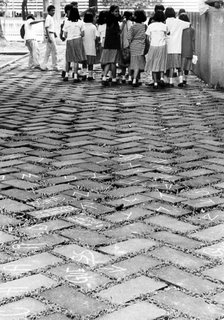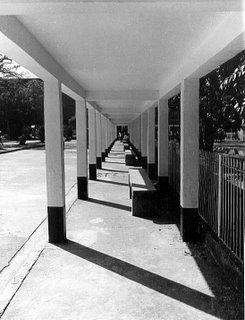| Update as of September 18, 2023:
If you’re a high school or grade school student in the Philippines who’s joining the photojournalism contest in the division, regional, or national press conference, I’m offering two free resources to you : A. 900-plus interactive exercises on English grammar, vocabulary, reading comprehension, verbal analogy, etc (with around 200 megabytes total file size). The exercises have time limit and automatic scoring, with an average of 10 items per exercise. Examples of these interactive exercises are: Common English grammar errors: Exercise 01 (nouns - confusions of number); Phrasal Verbs: Expressions with Go; English Placement Test (45 items). B. 200-plus resources (JPG, PDF, MP4, etc.) on photography and photojournalism, with 600-plus megabytes total file size. To avail of these free resources, email me with the following information: your name and school; the name and email address of your journalism teacher or schoolpaper adviser (or that of your parents); the division, regional, or national press conference that you’re joining. (I’ll be able to reply to you within two to three days; if you don’t see my reply in your Inbox, check your Spam folder. Or, you can text me.) Atty. Gerry T. Galacio gtgalacio@yahoo.com 0927-798-3138 |
Photographs are two dimensional objects; they’re flat with height and width but no depth (the third dimension). Remember our previous discussion of the x-, y-, and z-axis? We have already learned that the elements of forms and texture through lighting, highlights, and shadows can convey the illusion of depth. The best element, however, which enables a two-dimensional image to achieve the impression of being three-dimensional is “perspective.” The term refers to the relationships in space and the relative sizes of objects in a scene. It may either be linear or aerial.
 Linear perspective
Linear perspectiveObjects of the same size diminish in their apparent size the farther away they are from the photographer. On the other hand, a smaller object located closer to the camera will appear almost the same size as a larger object located at a farther distance. Examples are
(1) the students at the top of the picture seem smaller than the hollow blocks at the bottom portion;


(2) the guy in front, who’s hogging all the chairs for himself, appear much bigger than the other students who are located farther away from the camera; and
(3) the jeepney located nearer to the camera appears to be almost as wide as the building behind it.
With the picture of the students and the hollow blocks, what I really wanted to shoot was the graffiti on the hollow blocks. I held the camera to shoot in the horizontal format (more on formats later on) but I felt something was missing. Boy, I’ve always wanted to say something like this! Then I saw these students whose portraits I had just taken, walking off to return to their classes. I focused on the foreground, turned the camera vertically and included the students in the background. Just when I pressed the shutter release button, the girl in the middle wearing a dark T-shirt looked back at me. Serendipity!
Because of linear perspective, the hollow blocks in the foreground look much bigger than those in the background. Also, they seem to recede into the vanishing point. But that girl really makes the picture!
 Linear perspective, parallel lines, and vanishing points
Linear perspective, parallel lines, and vanishing pointsYou have probably learned from your geometry subject what Euclid, a Greek mathematician, the father of geometry, declared centuries ago. Euclid said, “Parallel lines do not meet.” Well excuse me, Mr. Euclid, Sir! In photography, parallel lines can be made to appear to converge as they recede into the so-called “vanishing point.” This is another aspect of linear perspective. Take a look, for example, at the posts of the waiting shed above which appear to become smaller and smaller as they recede into the background, and finally converging into the vanishing point.
Linear perspective and diagonal lines
A very easy, yet very effective way of creating depth is by using diagonal lines. Shoot your subject from the side, and you’ll get a diagonal line. To make a better photograph, anchor the corners with the diagonal lines. Example is this picture below of CAT cadets taking refuge from the downpour under the waiting shed, with the edge of the roof and the walkway as diagonal lines. (Depth is also created with the posts of the shed becoming increasingly smaller from left to right.)

Aerial perspective
Objects located farther away from the camera will appear lighter in tone or less saturated in color than objects located closer to the camera. This is caused by smoke, mist, fog, or atmospheric haze. “Aerial perspective” is another way of achieving a sense of depth in your pictures.






No comments:
Post a Comment